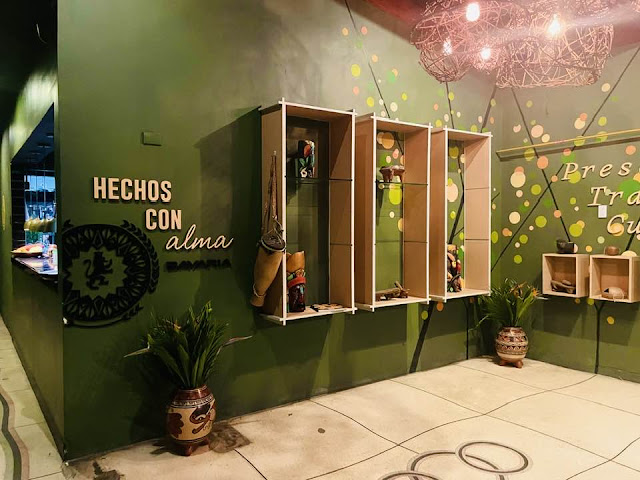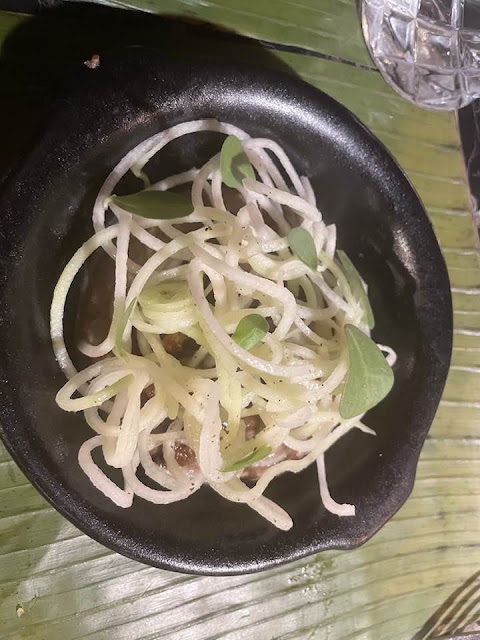Trump tapped into and fueled the revulsion toward the ACA-already the political divisions as a backlash against Obama.
- beliefs
- resentment of the law rather than the technocrats who fought to implement it
- belief that others are benefitting but not themselves
- deductibles were too high
- bureaucratic hurdles to enrollment
- doctors not accepting coverage
- disagreed with tax implications
- website too difficult to navigate
- took country in wrong direction
- increased health costs
- too big a role for government
- The truth?
- some people argue that we are in a post truth culture where facts dont matter, but the authors conclude that facts do matter, and that people are just relying on facts that people they trut tell them. It is more about a rejection of the educated elite rather than facts. They will believ science when it is convenient. -the eclipse will happen at this time- but not when it is associated with the educated "elites" they resent.
- Discourses of truthiness are widespread
- Lessons
- people need and want affordable healthcare
- people need comprehensive, integrated health systems, but we have yet to define what these are
- Oral health (dentisty) is not ever included...why?
- Every other economically advanced country provides universal healthcare
- stratification leads to POOR healthcare
- Stratified approaches to expanding Access generate resentment
- seems unfair
- dont understand how decisions are made
- some fall through cracks
- geography matters
- Enrollment should not be so hard
- poor already have so much surveillance and barriers that constant need to reenroll becomes burdensome
- proposals to add work requirements etc. would increase this burden
- costs more to AUDIT than deliver healthcare
- Anti immigrant polices are anti health
- emergency room cost skyrocket
- Conclusion
- too modest
- did not change for profit structure
- lacked shared social purpose (like Article 54)


































































